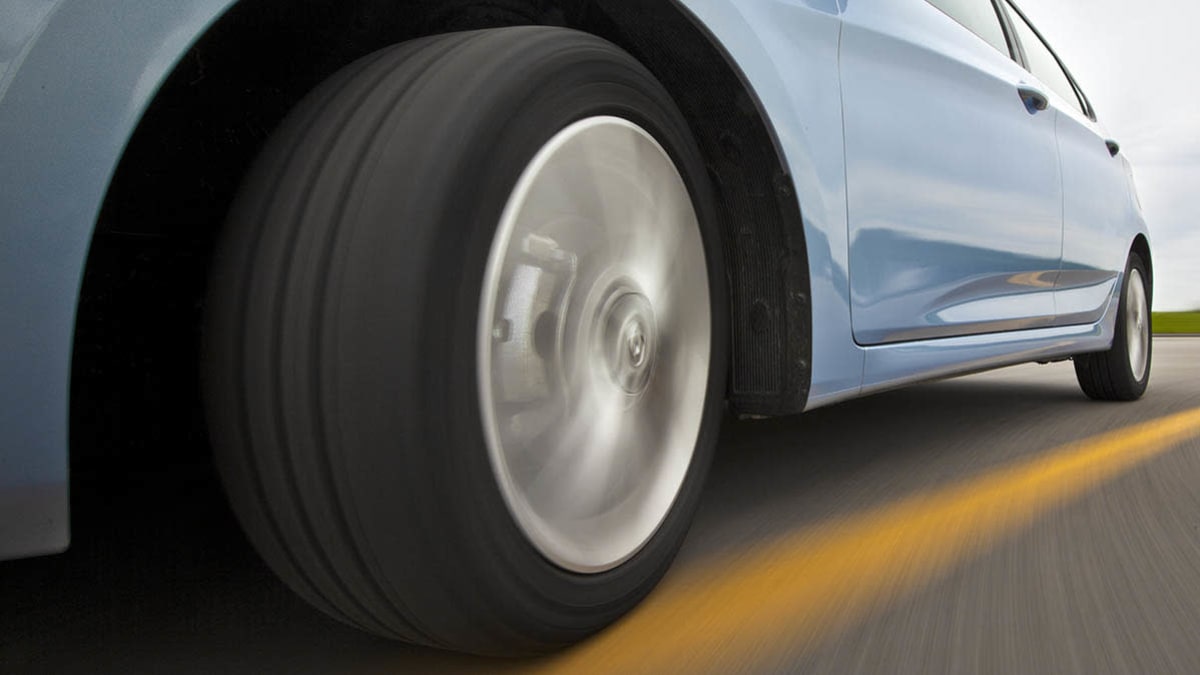Big Dog
Active Member
I agree, pretty much a marketing gimmick.
Not sure that is fair. These tires do contain a couple of treads of hard rubber for better range, so they do have some different engineering behind them. That said, any tires that are rated for the car load will be great. Whether the extra % range is worth it depends on your situation.
Personally, in SoCal, I'm all in on summer tires for handing (but summers take a range hit), so a few threads of hard rubber for a range boost is worth trying (to me). I plan to replace my Contis with Michelin EV.



